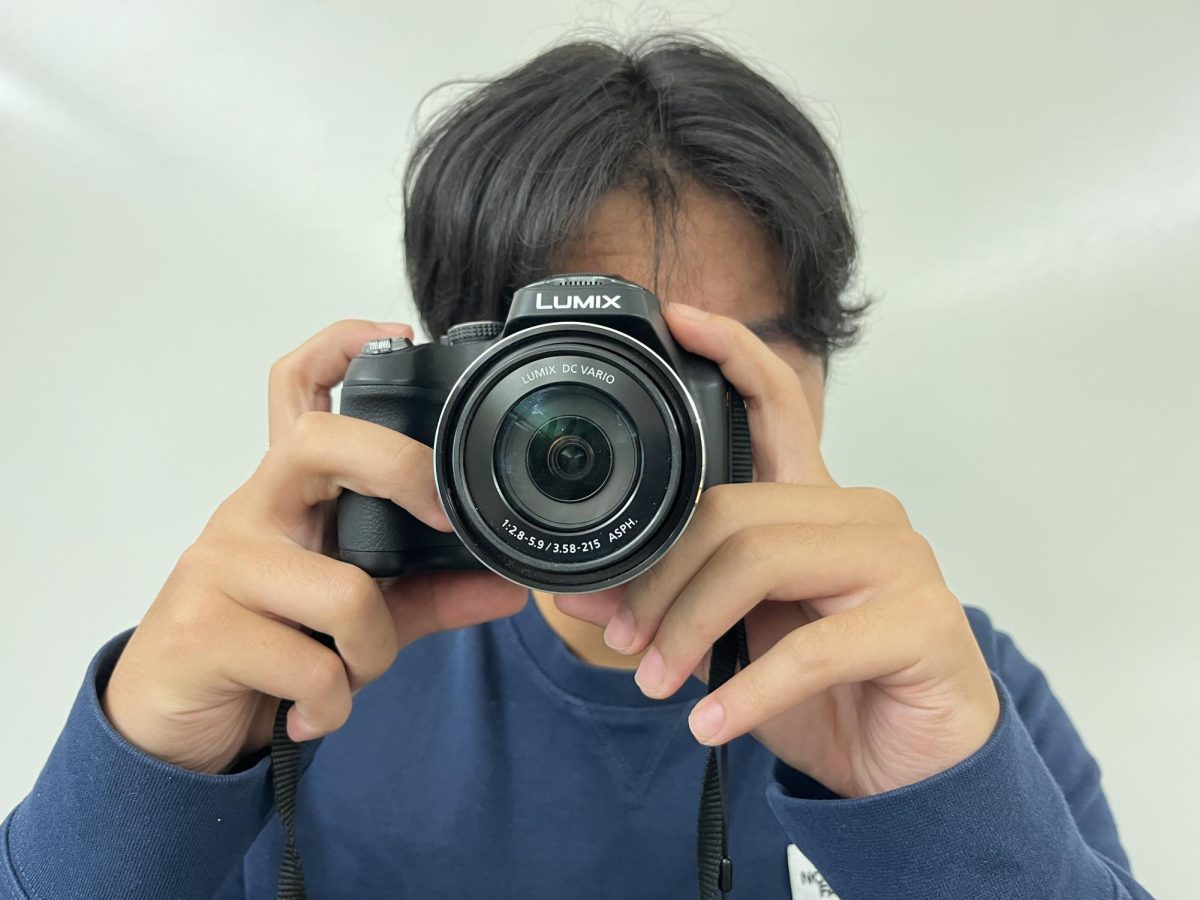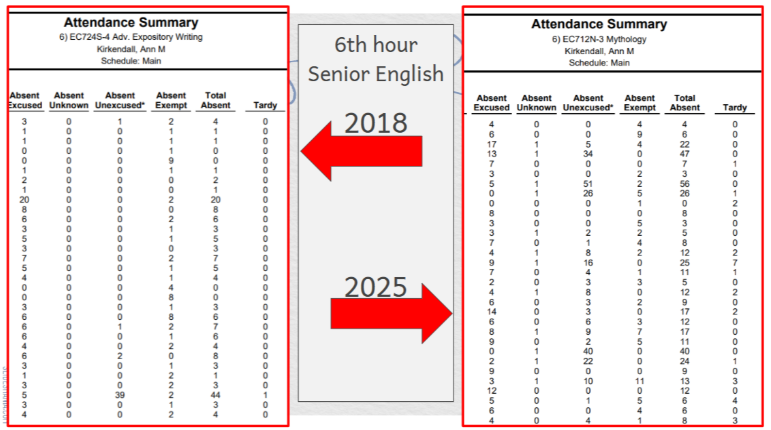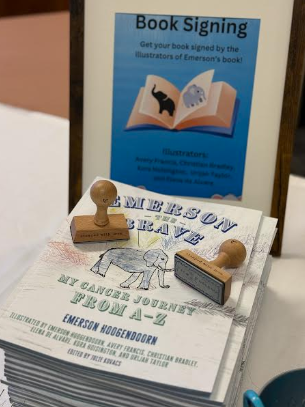In years past, Anti-Bullying Day has leaned toward an elementary school-style of trying to change high schoolers into better people, leading some students to take it more as a joke, and less like it matters. The attempts in years past unfortunately didn’t result in students applying the lessons and presentations in ways that could positively affect the school.
This year’s Anti-Bullying Day, unlike previous ones, didn’t just focus on how to stop bullies, but their effects on victims. In some cases, leading to suicide. In response to her first Anti-Bullying Day presentation, Frosh. Lily Harmar said, “5th hour [was my favorite]. The video was very sad and hit home. Yesterday taught me the difference of how to be a good person.” The topic fifth hour focused on was suicide. “Fifth hour had the most engaged, understanding, and respectful reaction to the topic of suicide,” Instructor Michelle Horrevorts said.
This presentation didn’t approach the topic of suicide in the manner expected; talking about the average rates per year, how they have increased, how this is related to an increase in cyberbullying were not discussed. This year, some noticed a shift in tone, from stopping bullying to learning to cope with bullying, stress, and daily problems that come along with being a student, a citizen, and a human.
Students held a discussion about what makes them happy, what they feel they should be happy about, and how those are different ideas. After this discussion was held, the idea of the semicolon was introduced to compare a student’s life to the significance of a sentence. A semicolon is a pause or break in a sentence that the author almost ended, but decided to continue. This was used as a metaphor for the choice of not taking one’s life. As a human, you have the option to end the sentence, but if one opts for the a pause or break in the sentence, it can go on. This idea was very much more empowering than telling the WO students to be more like panthers and less like zebras.
A bold shift was made in the tone of Anti-Bullying Day this year. Instead of teachers describing their past experiences with bullies, students shared their personal experiences with their classmates, as well as inputting their own ideas to promote a greater community at WO. “This year’s presentation challenged students to think what are you doing as a person to try to change the school or change yourself. That’s what it’s all about, building a better community at the school,” said Sr. David Luna. This allowed for the students to share events in their life, added to the tone of it not being a day where they were forced to spend every hour talking about what the problem is, and more of how to stop the problem. There aren’t many other better ways of stopping bullies than getting the input from the bullies or bullied.
In the aftermath of Anti-Bullying Day, the question is raised; how do we as a school take all of this new information, experiences, and opinions, and implement them into a way that is both successful and realistic? Anti-Bullying Day made a change in the WO atmosphere without a doubt, from last year students making fun of the panther-zebra analogy, to students today admitting they were bullied or were the bullies themselves. This day has changed the tone of how WO students see the people around them, as well as themselves. If a change this drastic has occurred in less than 48 hours of that first lesson, imagine the potential we have as a community to change over the rest of the year.






